
Cervicogenic headaches begin in the upper neck and then radiate pain towards the front of the head and eye (typically unilateral, i.e. on one side only). In a 2016 clinical research trial by Dr. Dunning involving 110 patients with cervicogenic headaches, 6-8 sessions of upper cervical spinal manipulation was found more effective than mobilization and exercises. Tension-type headaches feel like a tight band around the head (typically bilateral, i.e. on both sides) and can be treated with similar treatments but involve more use of perineural and trigger point electrical dry needling targeting the occipital nerves and muscles over the back and side of the head.
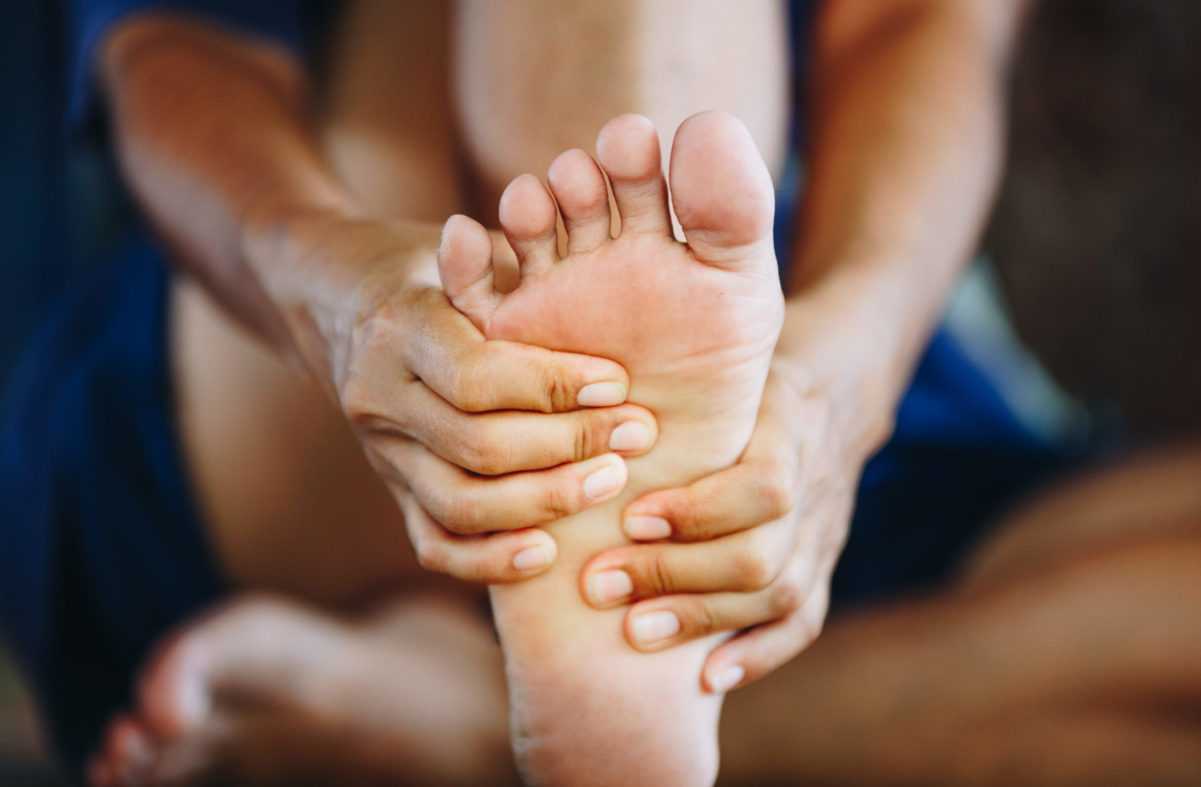
Plantar Fasciitis is characterized by intense sharp pain over the bottom of the heel with initial steps in the morning or after inactivity. It is categorized as an enthesopathy, i.e. an attachment dysfunction of the plantar aponeurosis ligament to the periosteum of the heel bone. In a 2018 clinical research trial by Dr. Dunning involving 111 patients with plantar fasciitis, 6 sessions of electrical dry needling were found to be more effective (i.e. 80% improvement in pain and function) than traditional physical therapy.
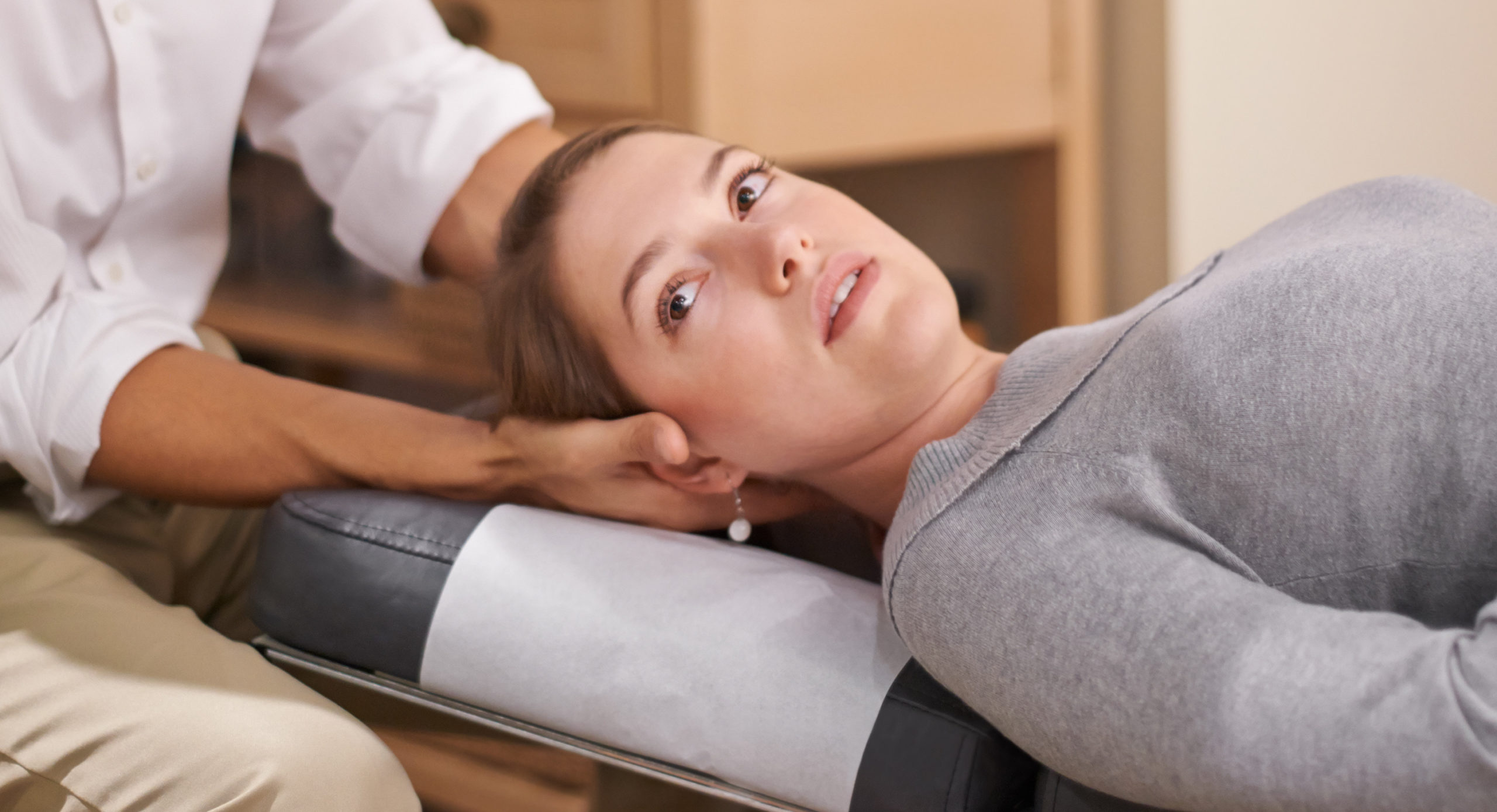
Neck pain (including whiplash injuries from motor vehicle accidents) may be more responsive to high-velocity low-amplitude thrust spinal manipulation than traditional slow-stretch mobilizations or exercises. In a 2012 clinical research trial by Dr. Dunning involving 107 patients with mechanical neck pain, upper cervical and upper thoracic spinal manipulation was found to be an effective treatment. Trigger point dry needling may also be utilized to deactivate “knots” (i.e. myofascial trigger points) in the neck, upper back and shoulder region. In addition, spinal manipulation to the the upper and mid thoracic joints may be considered in patients with neck and arm pain (i.e. cervical radiculopathy).
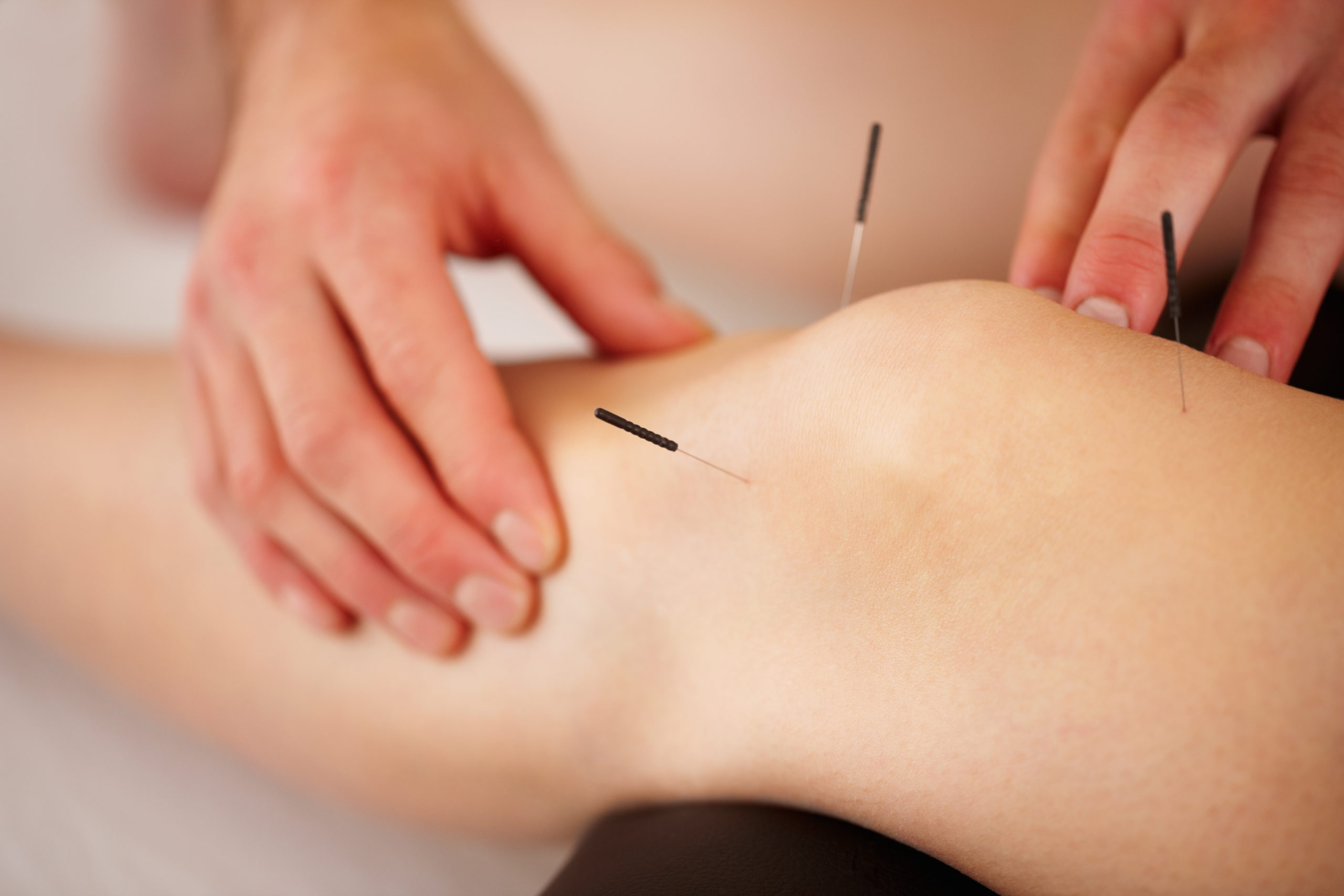
Knee Osteoarthritis is a condition in which the natural cushioning between joints (i.e. the cartilage) wears away causing the bones of the joints to rub more closely against one another. The result is knee joint pain, stiffness in the morning or after long periods of sitting, limited joint motion, night pain, and/or joint deformity. In a 2018 clinical research trial involving 242 patients with knee osteoarthritis, Dr. Dunning found 8-10 sessions of periosteal electrical dry needling resulted in 70-80% reductions in pain, stiffness and disability when compared with traditional physical therapy.
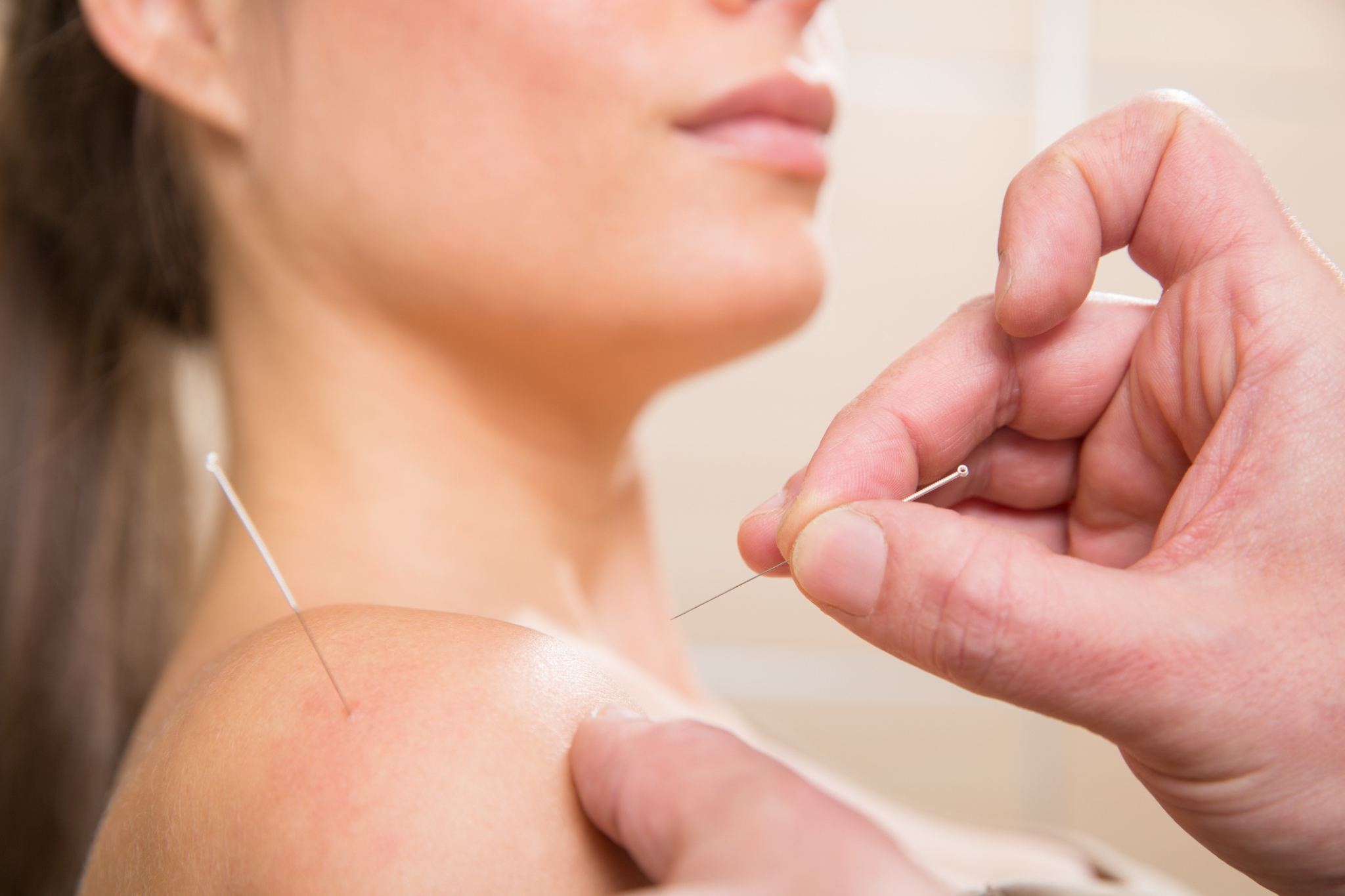
Subacromial bursitis, supraspinatus tendinopathy, partial tear of the rotator cuff, rotator cuff disease, biceps tendinitis, calcific tendinitis, or tendon cuff degeneration can all be classified under Subacromial Pain Syndrome. The treatment may consist of 6-8 sessions of manipulation to the cervicothoracic spine and upper rib articulations, along with deep periosteal electrical dry needling to the musculotendinous junctions, tendon attachments, joint capsule, and subacromial space. In addition, specific rotator cuff exercises may be prescribed.
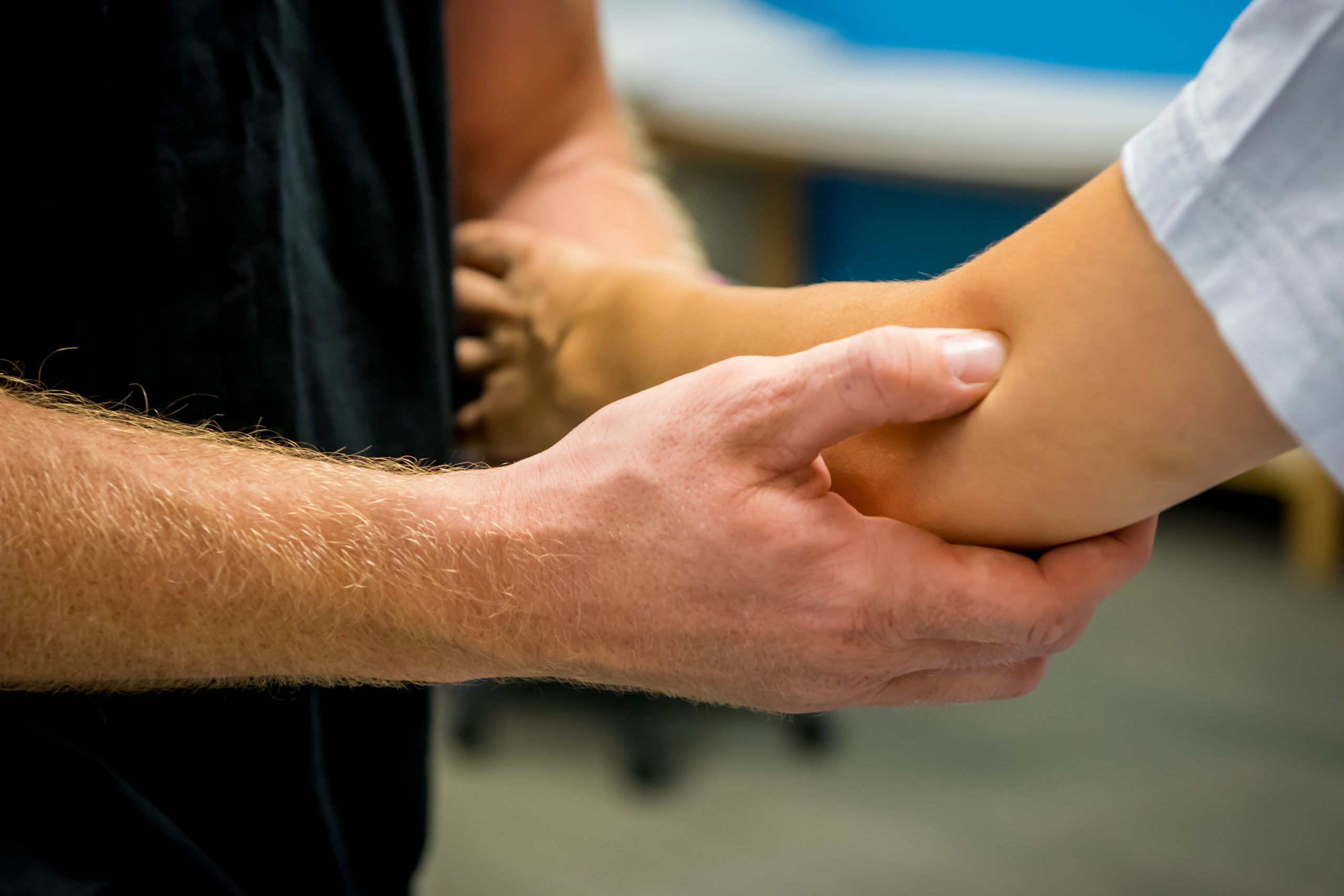
Tennis elbow (lateral epicondylalgia) is a painful condition that occurs when the extensor tendons in your elbow are overloaded, usually by repetitive motions of the wrist and forearm. Periosteal dry needling to the tendon attachments over the outside of the elbow bone and electroacupuncture to trigger points of the forearm muscles are important treatment options. In addition, if underlying elbow and wrist joint stiffness is present, thrust manipulation to the humeroradial, humeroulnar, and radiocarpal joints should likely be part of the treatment. Cervical manipulation may also be part of the treatment if there is evidence of C5-6 facet joint stiffness and/or radial nerve involvement.
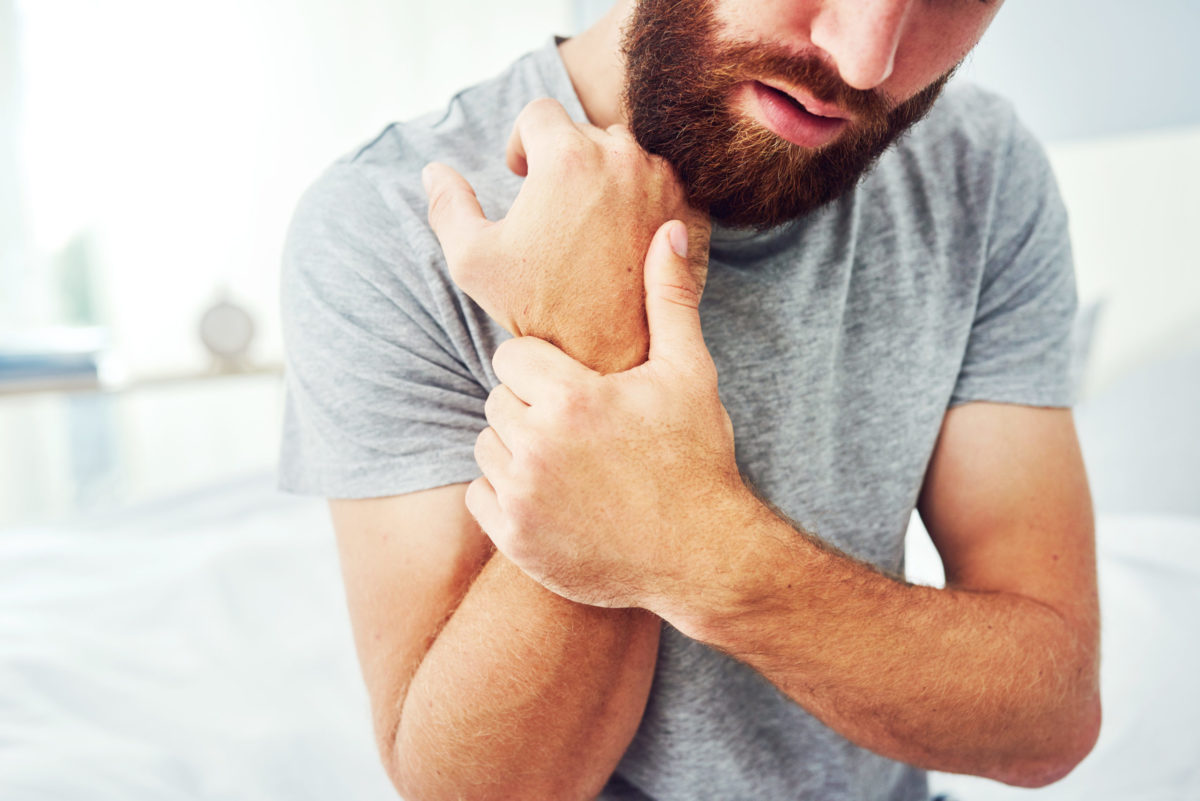
Carpal Tunnel Syndrome is a condition that causes numbness, tingling and pain in the forearm, wrist, and hand caused by a compressed nerve in the carpal tunnel, a narrow passageway on the palm side of the wrist. Medical management can include wearing a splint, surgery, steroid injections, and lifestyle changes. However, in a recent clinical research trial of patients with mild or moderate Carpal Tunnel Syndrome, 8 sessions of electroacupuncture over 4 weeks gave 70% improvement in pain, tingling and night awakening, and was found superior to oral steroids.
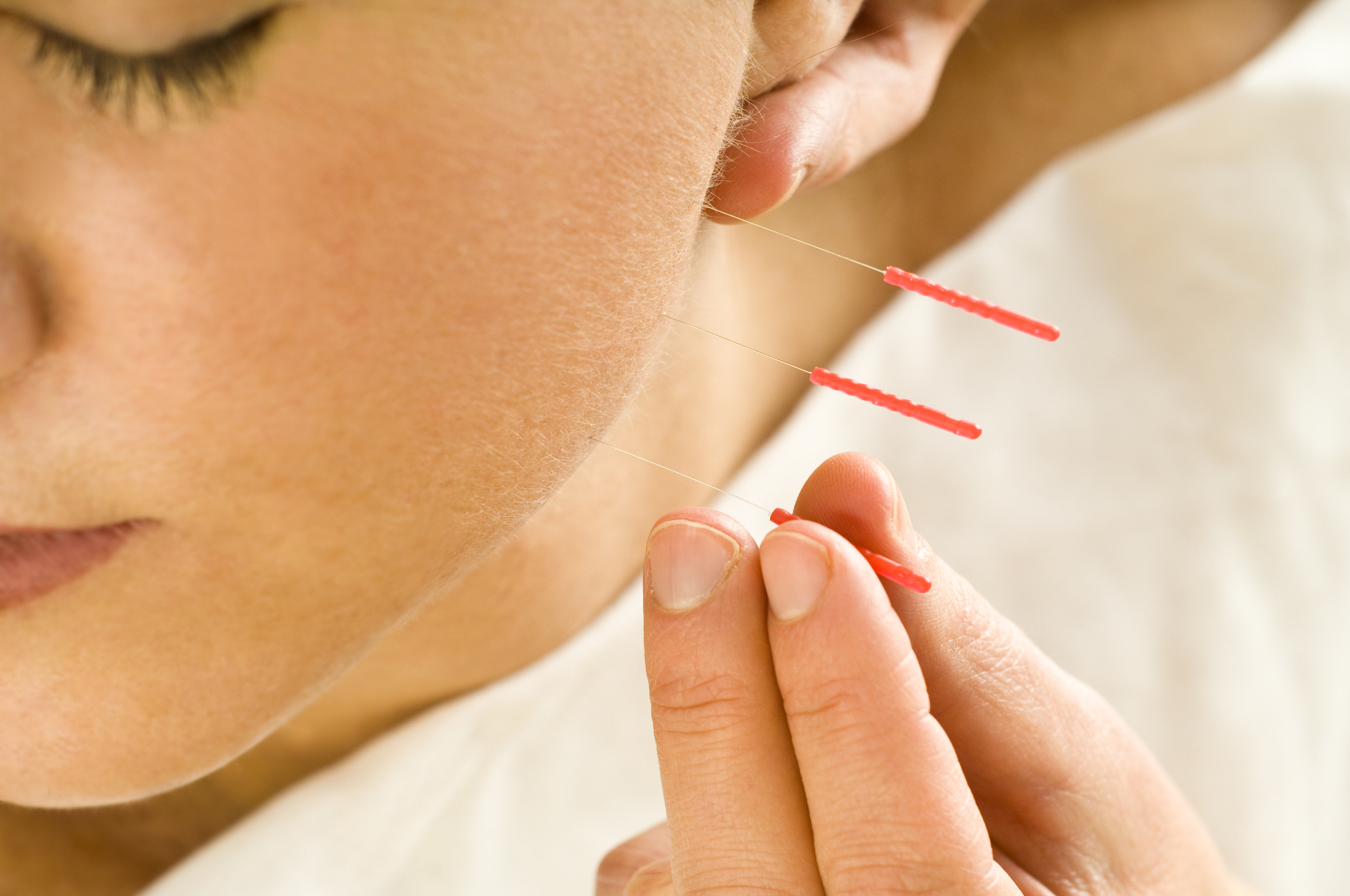
Temporomandibular Disorder (TMD) is a complex condition that typically leads to degeneration and subsequent imbalance between the articular disc, joint capsule and muscles of mouth opening/closing. To improve mouth opening, and for the reduction of pain and disability, the most evidence-based treatments for TMD include: non-thrust joint mobilization and thrust manipulation to the TMJ and upper cervical articulations, dry needling or acupuncture to trigger points in the lateral pterygoid muscle, and dry needling to the periarticular connnective tissue.
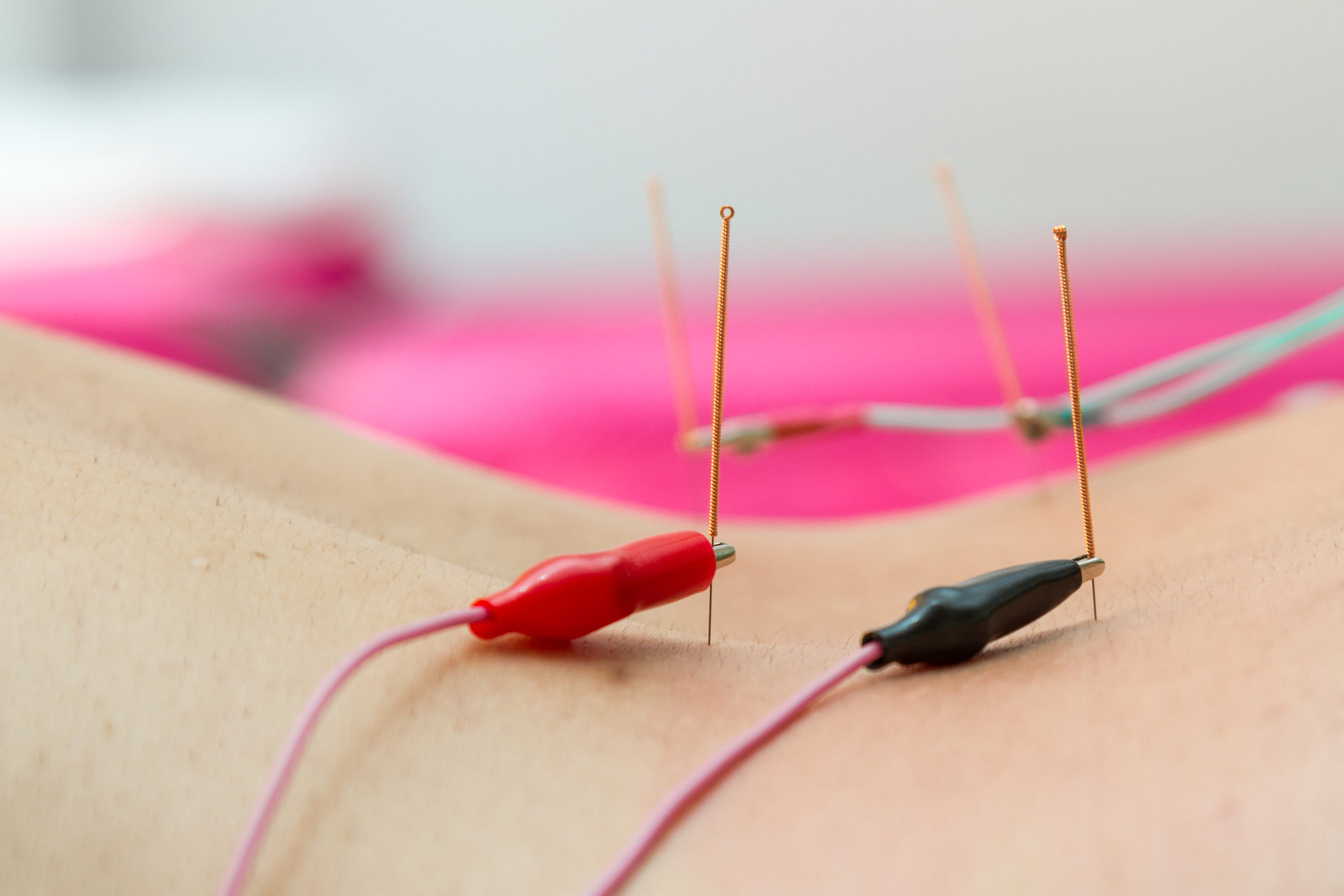
Low back pain can arise from a number of different structures, but it can be related to myofascial trigger points, lumbar facet joint lesions, or a pinched nerve from a disc bulge or herniation. Spinal manipulation to lumbar facet joints, electroacupuncture to deep lumbopelvic myofascial trigger points, and exercise to strengthen and restore the cross-sectional area of the deep lumbar muscles may all play a role in the treatment of low back pain. Chronic low back pain can also be associated with neurobiologic and psychosocial changes in certain individuals.
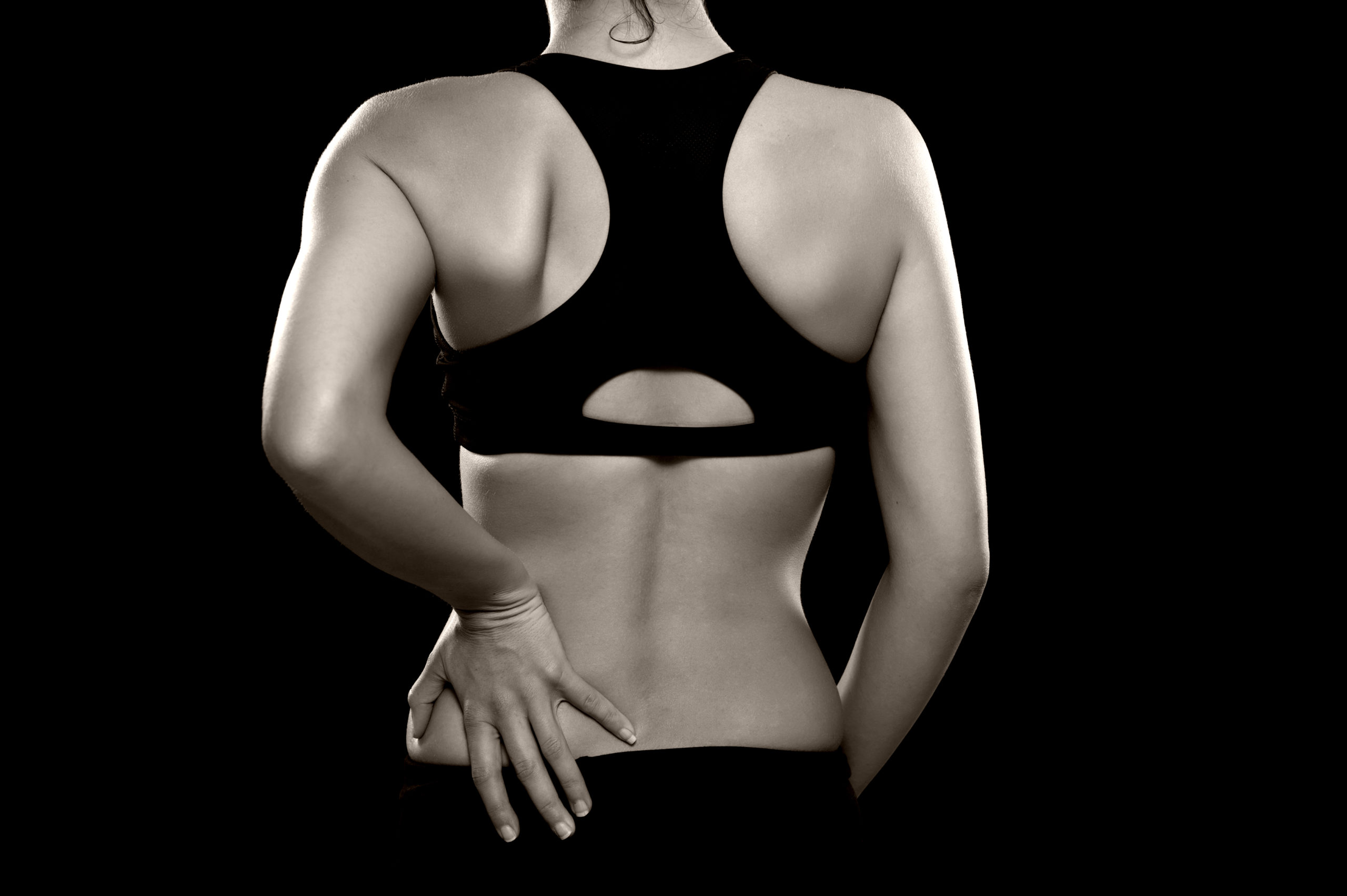
Several months after child birth, changes in the relative position of the sacroiliac joint and pelvic bones have been found following x-ray studies of women with post-partum pelvic pain. A set of 6 clinical tests can confirm the condition; however, the pain is usually one-sided over the lateral sacral margin and upper gluteal region. High-velocity thrust spinal manipulation directly to the sacroiliac joint and the L5-S1 lumbar facet articulations should be considered as the first treatment option. However, if the pain is found to originate from the connective tissue around the joint (i.e. the capsule and ligaments), then deep dry needling to disrupt painful scar tissue around the SI joint may be indicated.
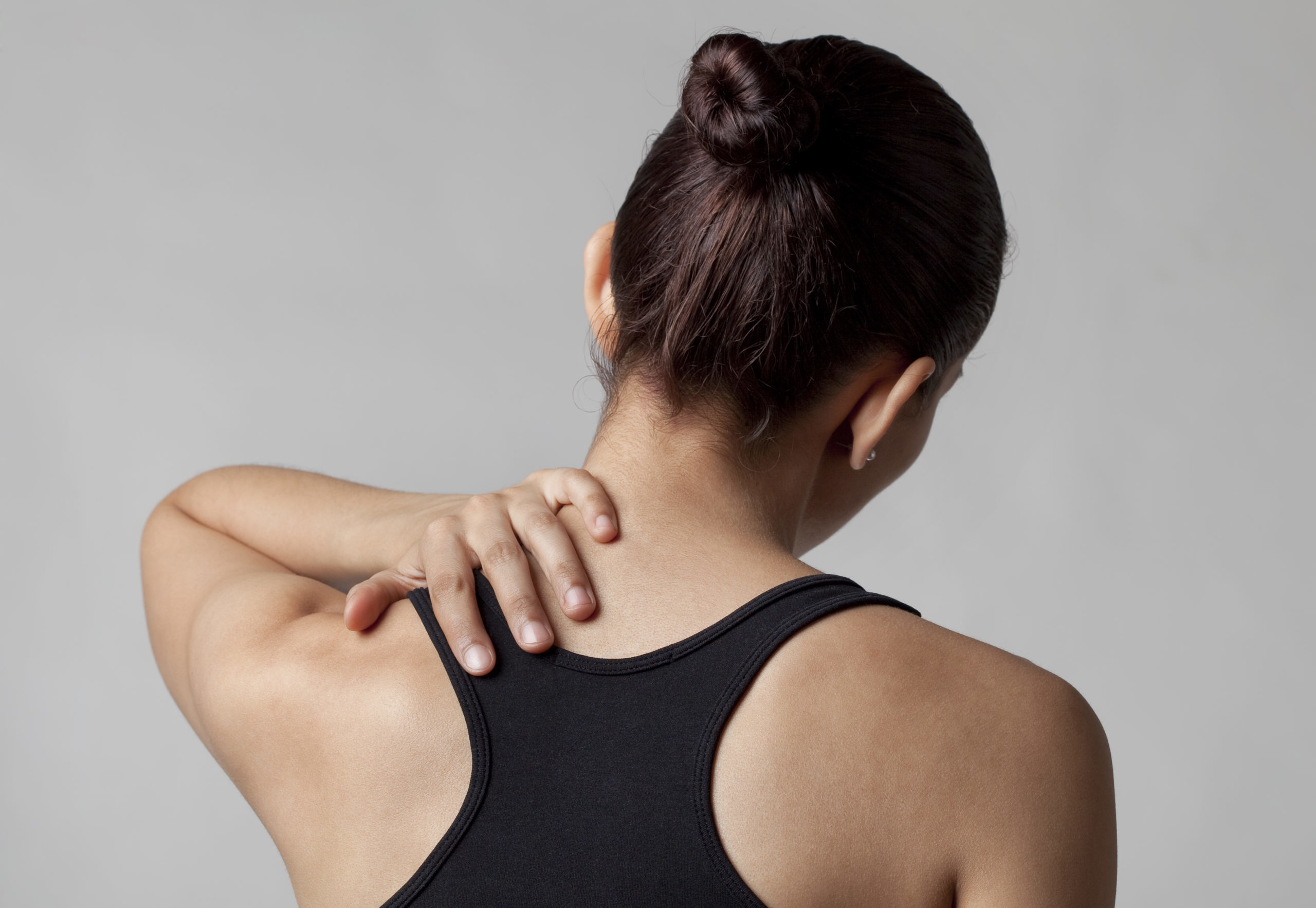
Painful and tight “knots” (i.e. myofascial trigger points) in the trapezius muscle between the base of the neck and shoulder are very common. Electroacupuncture directly to the myofascial trigger points and spinal manipulation to the underlying cervicothoracic facet joints (C7-T3) are extremely effective for curing (not just helping!) this condition.

Shoulder and upper arm pain can be caused by displacement of the upper ribs from acute trauma (e.g. a whiplash injury) or elevation and chronic fixation of the upper ribs overtime by sustained forward head and shoulder posture. In a 2015 research study published by Dr. Dunning, just two sessions of spinal manipulation to upper ribs and upper thoracic facet joints were found to completely resolve shoulder pain secondary to 2nd & 3rd rib syndrome.
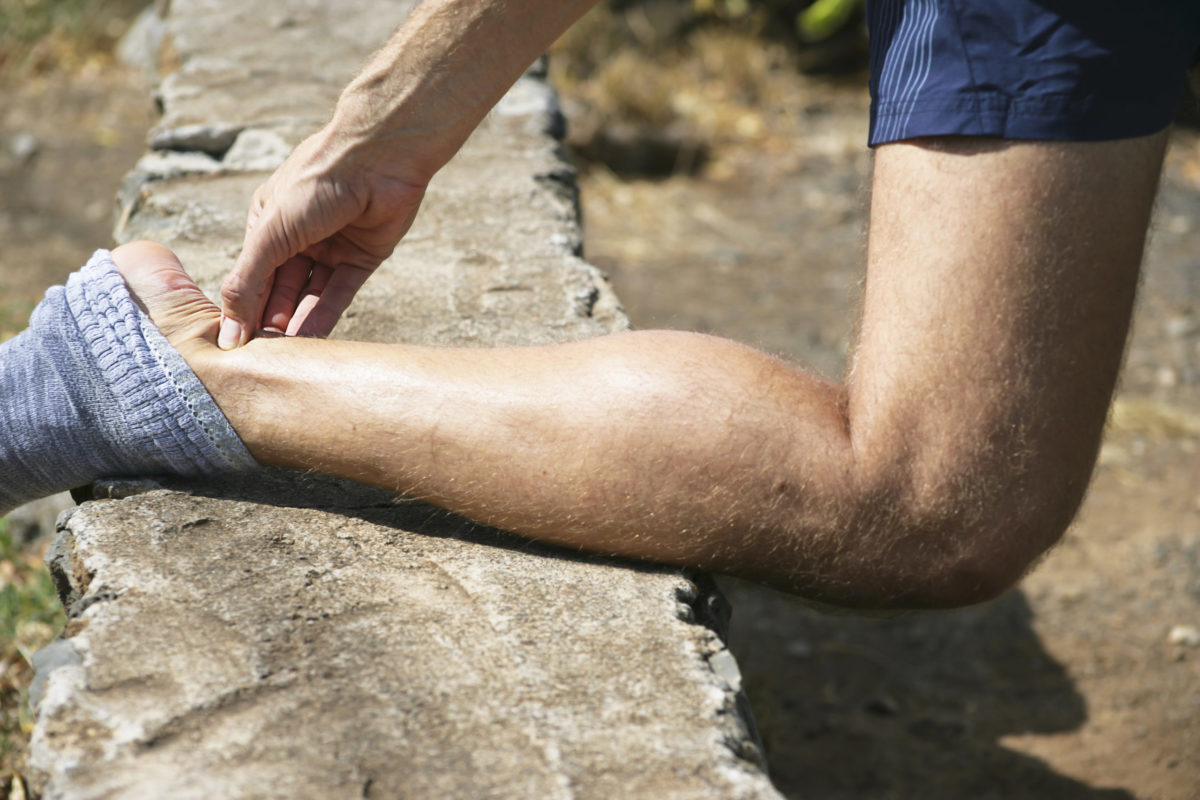
There are two kinds of Achilles tendinopathy: midportion and insertional. Midportion Achilles tendinopathy is the most common and is characterized by pain, swelling and tendon thickening located 2-7 cm proximal of the Achilles insertion on the the back of the heel bone. Running and jumping are typically painful. Other than invasive surgery, and shock wave therapy, dry needling is an evidence-based treatment that disrupts the excessive neovasuclar ingrowth along the anterior portion of the distal Achilles tendon, thereby eliminating the cause of the pain in this condition.
• Initial evaluation & first treatment session: $95
• Follow-up treatment session: $60 to $85 (depending on the case complexity)
Visa, Mastercard, American Express or Discover credit/debit cards are accepted for payment. FSA/HSA cards are also accepted.
Montgomery Osteopractic does not accept insurance. As of January 1, 2020, Medicare and Blue Cross Blue Shield consider acupuncture, dry needling and spinal manipulation to be “non-covered” procedures.
At Montgomery Osteopractic, Dr. Dunning (not the insurance company or case manager) will determine the most appropriate treatment for your specific condition and symptoms. Furthermore, Dr. Dunning will have the option to administer procedures (such as acupuncture, dry needling or spinal manipulation) that Medicare, BCBS and other third-party payers deem as “non-covered”.
Montgomery Osteopractic has chosen to focus on what counts, the patient care itself.